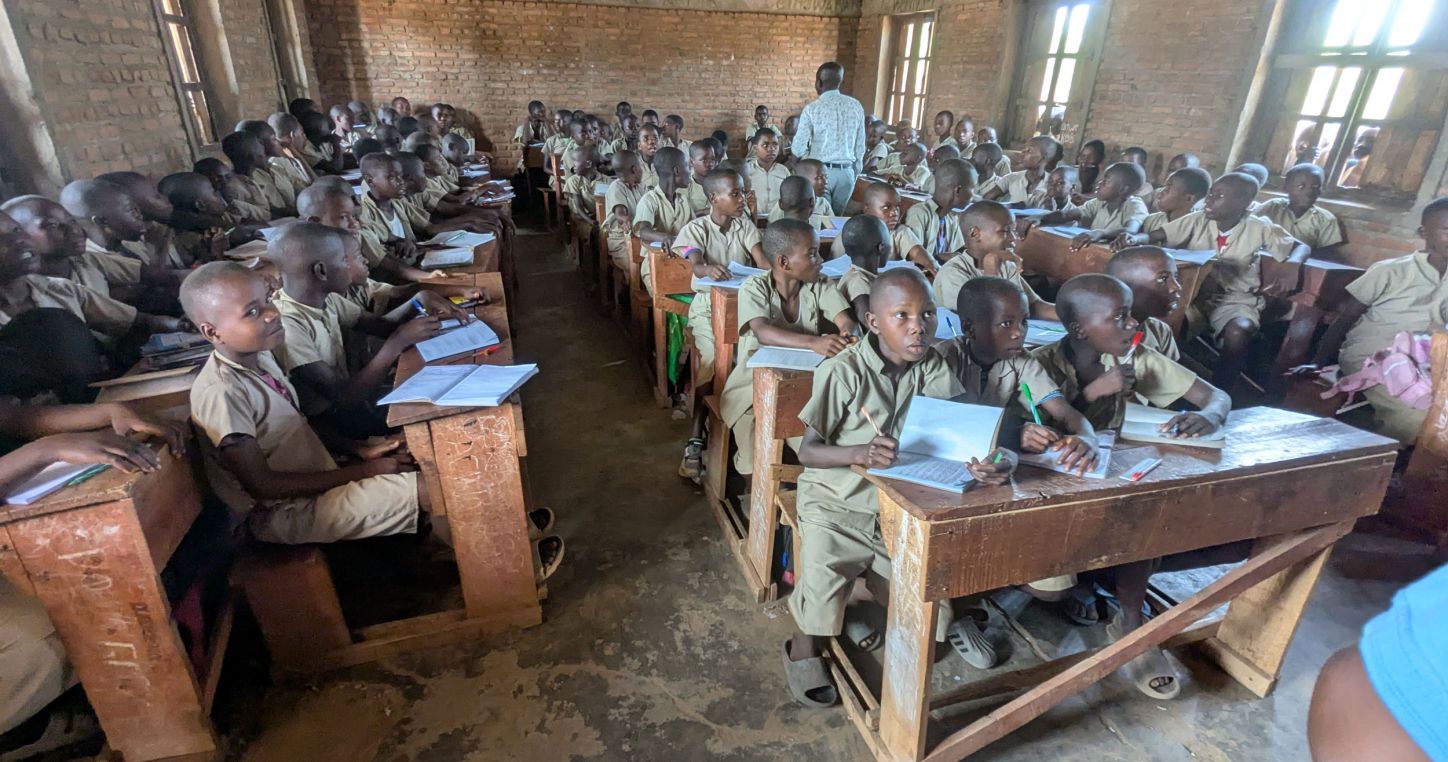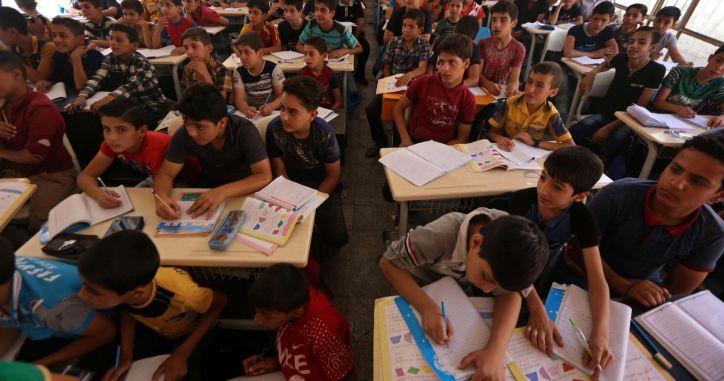Burundi: strong trade union commitment leads to increased school attendance and eradication of child labour
Thanks to decisive action by the STEB (Education Workers’ Union of Burundi) and support from international partners, 578 children have been able to return to school in the municipality of Ndava, 50 kilometres from Bujumbura the country’s capital. Ndava is currently the scene of an outstanding collective effort to eradicate child labour within a specific geographical area, also called area-based approach or child labour free zone.
Community engagement
This ambitious project, supported by the United States’ National Education Association (NEA), was officially launched in March 2025. After securing the authorisation required from the local authorities, the STEB, an Education International (EI) affiliate and the project’s coordinator, held a launch meeting with all the local stakeholders to lay the foundations for concerted action. This first stage brought together education officials, school administrators, teachers, local officials and parents. Together, they learned about the specifics of the project, aimed at ensuring the fundamental right to quality education for all children.


Identifying the children concerned and local dynamics
A field study conducted by 15 survey-takers identified 1,036 children not attending school (569 boys and 467 girls). The survey also highlighted the local dynamics contributing to the perpetuation of child labour. The proximity to the Democratic Republic of Congo is a source of cross-border trafficking, and the high level of commercial activity in Ndava draws children and adolescents, often recruited by adults or slightly older children, to engage in economic activities. The thriving area is also a magnet for internal migrants from poorer mountainous areas, as well as displaced persons fleeing armed conflict in South Kivu.
Training and awareness-raising to create a child labour free zone
Given the community’s clear interest and the high school drop-out rate, the project was deployed in five primary schools. The ‘Child Labour Free Zone’ approach rests on community training and engagement.

In April, 40 teachers from the five schools targeted were trained in teaching methods geared towards preventing child labour. At the same time, 80 other people, including school directors, local government officials and community leaders, were made aware of their role in creating a safe environment that guarantees every child’s fundamental right to go to school.

School clubs and student involvement in prevention
Focal points among pupils and support persons were trained to run five anti-child-labour school clubs, one per school. The clubs have become spaces for expression, awareness-raising and engagement, open to all pupils. Each club then provided 10 of its members, amounting to 50 pupils in total, with training on children’s rights and awareness-raising techniques.

In May, awareness-raising posters were displayed in schools and public places, giving the project greater visibility. An association of pupils’ mothers was also set up and training was provided to 24 participants, to step up the involvement of parents and families in the fight against child labour.
Artistic awareness-raising and community activities
Also during the month of May, 59 teachers and pupils’ mothers attended SCREAM (Supporting Children’s Rights through Education, Arts and Media) training, based on methodology developed by the International Labour Organization, using artistic expression to promote children’s rights. During the school holidays, from June to August, street theatre and games were organised to raise awareness in the community and identify former child labourers, who are now being supported in their return to school.
During these months, follow-up meetings and field visits were held to assess progress and adjust the actions taken. The STEB also appointed a local coordinator, Alexis Nsabimana, as the contact person for the implementation of the project in Ndava.

Monitoring, evaluation and encouraging initial results
In September, an assessment visit provided an opportunity to meet with the various people involved. The school year had just begun, and an impressive number of children had been reintegrated and re-enrolled in school. After a few weeks of classes, the consolidated figures showed that 578 pupils had returned to school – 293 girls and 285 boys. During the assessment, Beatrice, whose daughter had been reintegrated, shared her thoughts: “I had to drop out of school because I got pregnant at a young age. I no longer want this to happen to others; I want my children to study. Before this union project, no one asked themselves why children were working, whether it was normal or not. Now, people are starting to realise how important education is.”

The collective momentum in Ndava demonstrates that commitment, adequate training and strong community mobilisation can create safe, equitable and inclusive environments for all children.





